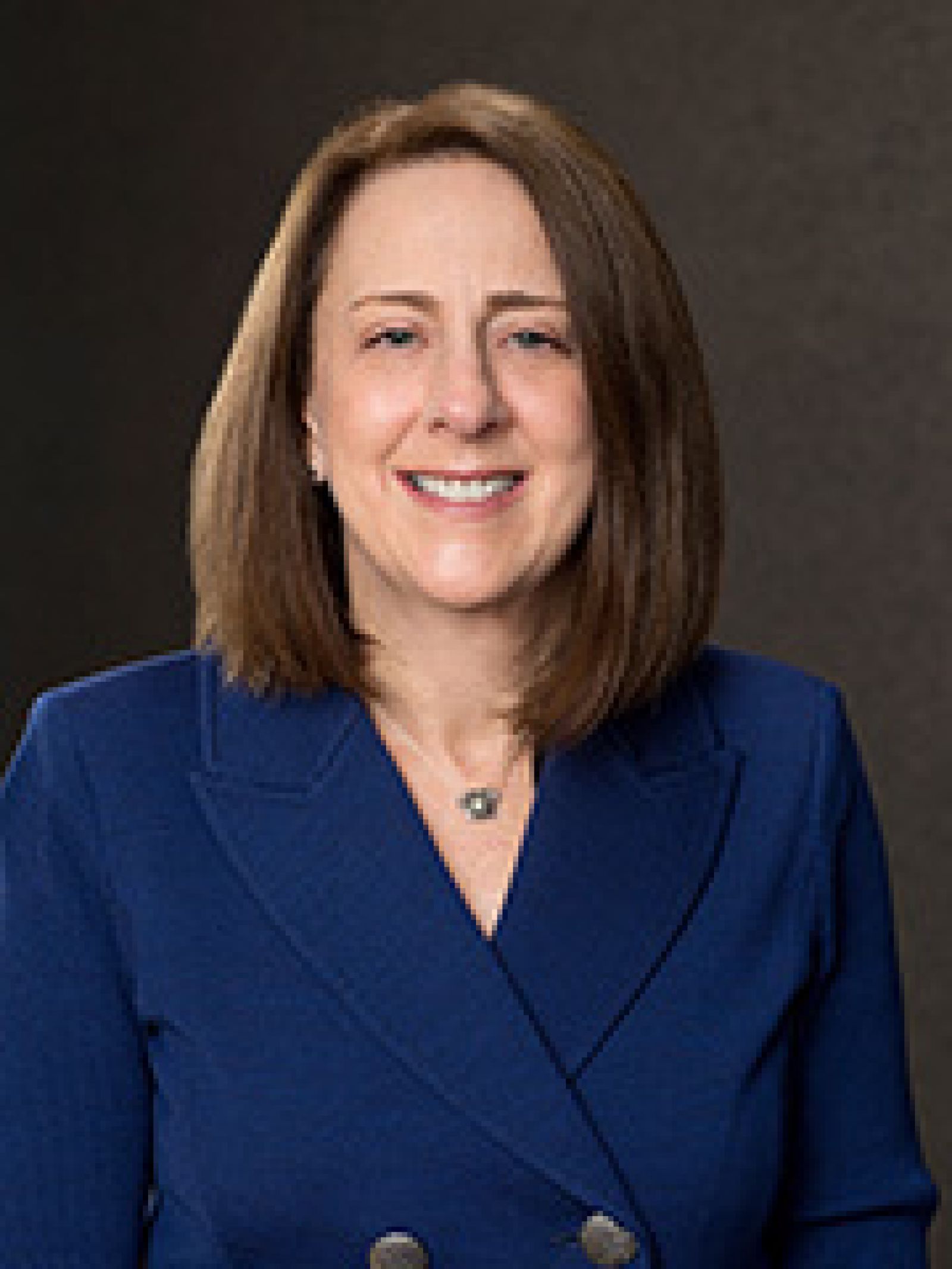Decoding media reports about medical errors for the public
By Barbara Fain, JD, MPP, Executive Director of the Betsy Lehman Center

Media reports on medical errors, such as last month’s Boston Globe story on medication delays and mistakes that led to serious harm or death, captivate readers. Some of the 92 online comments to that particular article reflect readers’ understandable desire to know which hospitals did not report medication errors, presuming that safer care might be had at those locations. But the 47 medication errors reported by 27 Massachusetts hospitals in 2016 only tell part of the story.
To begin with, patient safety reporting systems are not designed to capture every medical error. For instance, our Serious Reportable Events (SREs) system applies only to hospitals and ambulatory surgery centers and requires reporting of just 29 categories of adverse events, generally when they have resulted in serious injury or death. So hospitals and ASCs need not report “near misses” and errors that cause less serious — but still significant — harm. And if a preventable medical error occurs in a freestanding physician’s or dentist’s office, the provider is not required to report the error to the state no matter how much harm results.
In addition to reporting system limitations, it is clear that many errors that should be reported are not. Since 2014, most Massachusetts hospitals and ambulatory surgery centers have never reported a single medication error. This, despite research showing that such errors are both frequent and widespread — upwards of 1.5 million in the U.S. per year according to the National Academy of Medicine.
It is clear that many errors that should be reported are not.
While willful nondisclosure may explain some of the underreporting, it’s probably more often the case that providers fail to detect medication errors in the first place. The 1994 chemotherapy overdose death of Betsy Lehman, the former Boston Globe reporter, is a case in point. Betsy’s care team initially viewed her death as the unfortunate outcome of an experimental treatment. It was not until several months later that a financial audit uncovered the medication error. Only rarely are these dots connected after the fact.
What can we infer about the true incidence of medication errors in Massachusetts? A 2016 landmark study by Dr. Karen C. Nanji and colleagues followed patients through 277 surgeries at one Massachusetts hospital. Researchers observed that 1 in every 20 medications administered involved an error and/or harm event. There were no deaths, but of the 153 errors found to be preventable, nearly 90 percent either caused or could have caused serious or even life-threatening consequences. Observational research like this would, of course, be impractical on a regular basis. But such studies demonstrate that if you look you will find far more errors than health care providers detect and report on their own.
Better identification and reporting of medication errors — and medical errors in general — could potentially increase awareness and advance quality and safety improvement. But there is no reason to wait. The data we already have send a strong signal about the risks that undoubtedly flow beneath the surface of every health care setting in the state.
Health care leaders can leverage this information — first to ask whether the preventable injuries and deaths reported by their peers could happen in their own organizations, and then to engage frontline staff in implementing quality improvement strategies proven to reduce needless injury. As hard as this work is, it has to be easier than telling patients or their families that they were harmed in ways that were entirely preventable.